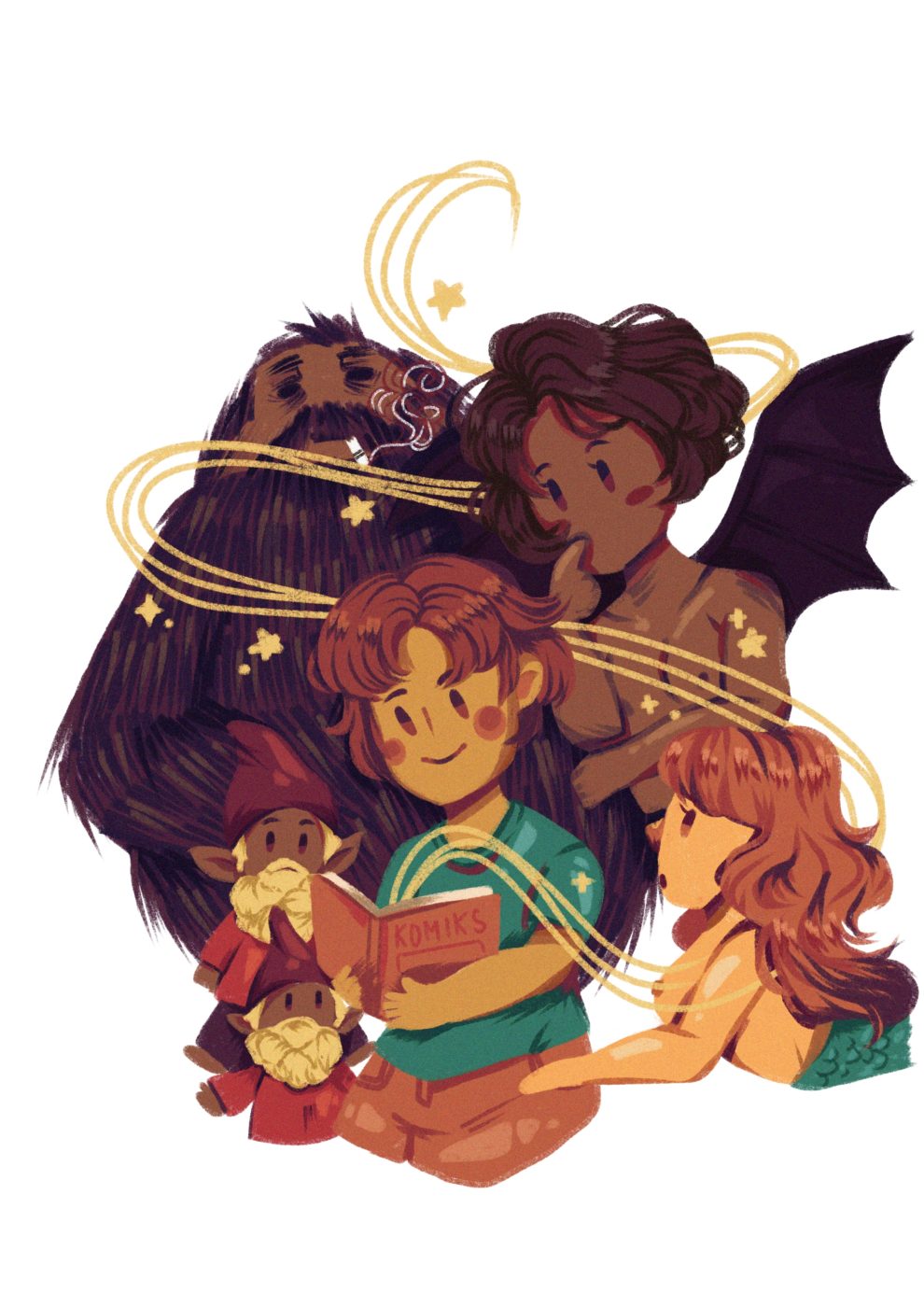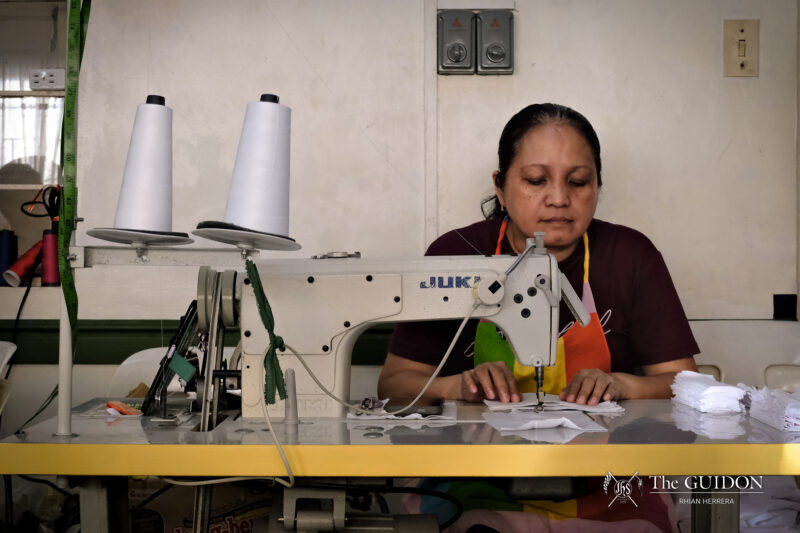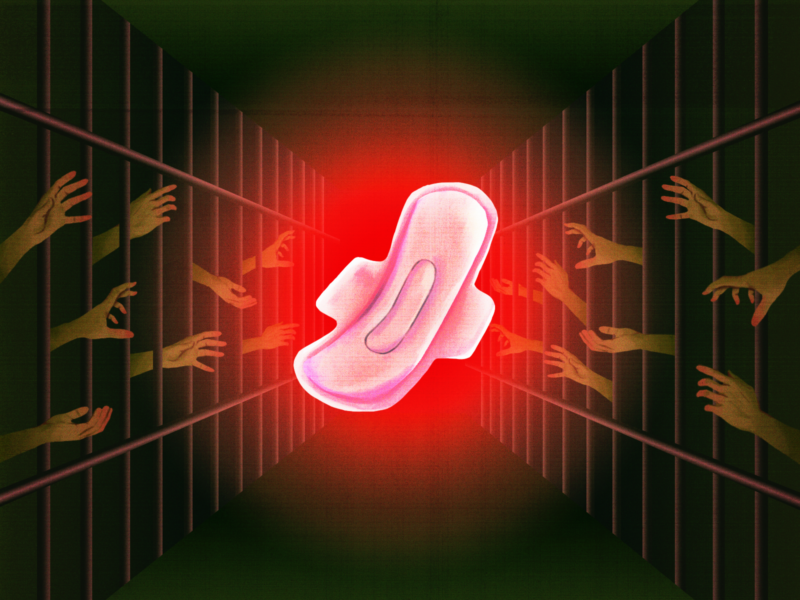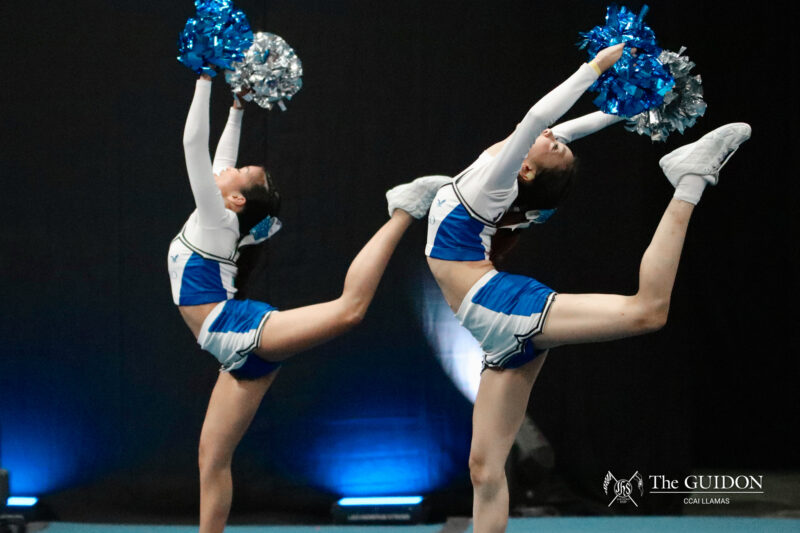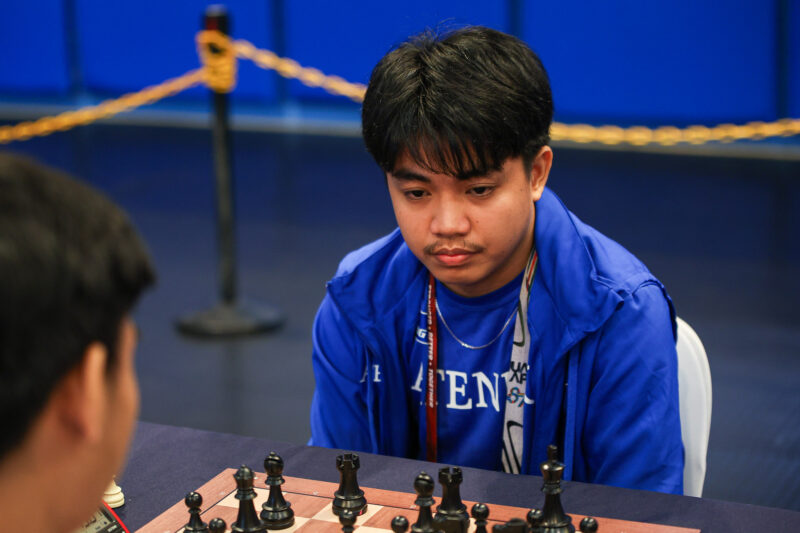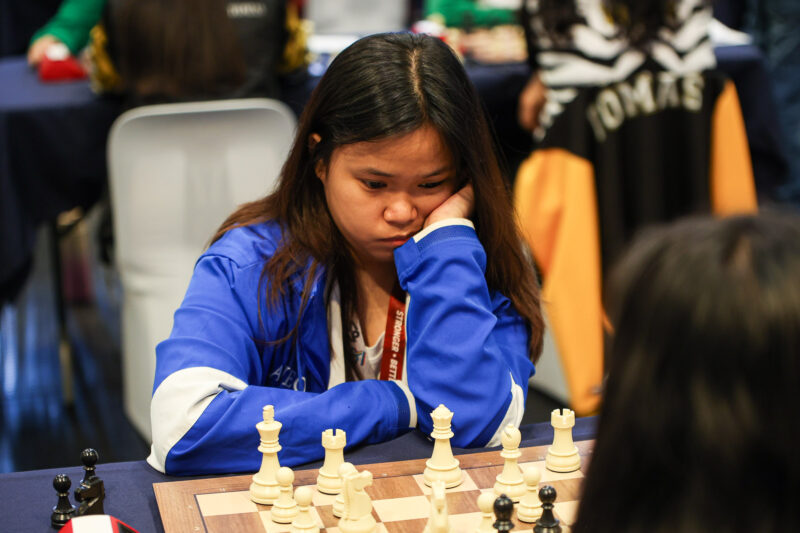IN FULL, striking color, age-old tales of aswangs, manananggals, and other Philippine mythological creatures are given a revamp fit for the modern audience through the rise of local comics and graphic novels.
The popularity of Filipino comics and graphic novels, collectively known as komiks, certainly did not flourish overnight. The Tony Velasquez’s 1929 comic strip Ang Mga Kabalbalan ni Kenkoy (The Misadventures of Kenkoy) was one of the first local strips propelled into pop culture. The recurring protagonist, Kenkoy, is a Filipino who desperately tries to blend in with the Americans by copying everything from their slang to their fashion sense.
However, after the Second World War, satirical themes were set aside in favor of superheroes. Mars Ravelo, who is often dubbed as the Stan Lee of the Philippines, rose to popularity in the 50s when he created iconic characters like Darna, Captain Barbell, and Lastikman.
The pages of today’s comics have begun to present a new roster of heroes and heroines that some may deem unconventional. As our komiks start to reference folklore in their panels, it becomes worth asking: What does the future of our comic books look like with the resurgence of local mythology at its core?
Stitching the pages
“[Back then], the only place you could actually get comic books published was through Atlas and GASI Comics,” recounts Budjette Tan, creator of Trese (2005), a comic about a woman who protects Manila from crimes of supernatural origin.
In 1926, Velasquez, who is widely regarded as the Father of Philippine Comics, co-created Graphic Arts Services Incorporated (GASI). Competing with Atlas Publishing Corporation Incorporated, GASI monopolized the local comics industry in the 1980s. However, Tan mentions that despite their success, the two companies eventually had to shut down in the late 90s as Filipinos moved towards more modern forms of entertainment like Hollywood movies and soap operas.
Despite these setbacks, a new hope emerged for local artists. “In 1994, that’s when I would say independent comic book creators and self-publishers came out of the woodwork,” Tan says.
Tan was one of those creators. He and his friends formed Alamat Comics in that same year and went on to publish several works which they would eventually sell in small comic book stores like Comic Quest and Comic Odyssey.
“If we were to look at probably one of the first noteworthy comics that incorporated Philippine mythology, [it’s] Arnold Arre’s The Mythology Class.” Tan says. The Mythology Class (1999) follows Nicole, a University of the Philippines student, who is summoned one night by her teacher to solve mysteries involving engkantos and tikbalangs.
Soon, local comics followed suit with their own distinct flair; Jason Banico’s cyberpunk take on folklore in Baylans (2000) and Mervin Malonzo’s beautifully grotesque aswangs in Tabi Po (2014) are examples of this. It was also revealed that film director Jason Laxamana has plans of producing a comic book that tells the story of pre-colonial history from the lens of Kapampangan mythology in Anitu.
Arnold Arre, the writer of The Mythology Class, shares his excitement in seeing more promising artists produce their own comics. However, he notices a growing issue: “A lot of [comics] still don’t have finished story arcs and I still have no idea where some stories are going,” Arre elaborates. “We seem to be filling our shelves with incomplete stories.”
In addition, Filipino artists still struggle to make a living from comics alone. Tan reveals that he and many other Filipino artists still work day jobs to make a living. “Writers need to make money, need to earn a living and, so far, local comics is not providing that,” he explains.
Regardless, both Tan and Arre remain optimistic in the efficiency and visual beauty of comics as a medium for sharing stories drawn from our heritage.
Creatures of the night
Readers are greeted with familiar sights as they flip through the pages of The Mythology Class and Trese. Aside from recognizable places such as Balete Drive and the University of the Philippines campus, readers are also reintroduced to familiar creatures like the aswang, kapre, and tikbalang.
Local comics often incorporate these mythological creatures into a modern setting. In The Mythology Class, some folkloric creatures appear as professors in need of students’ help. Arre explains, “I had the idea to show a contrast between magic [and] technology so I placed the mythical beings and creatures in a modern setting.”
Similarly, Trese also provides a modern twist to Philippine mythology with characters like kapre goons and tikbalang businessmen.
Tan believes that the nostalgia that comes with these narratives is what makes modern comics all the more appealing. “We made it interesting again to imagine that somewhere in the city, there are all these interesting gods and monsters from our Philippine mythology and folklore,” he says.
Junior Art Director for Brandworx and The Mythology Class fan Gillian Galang shares in this sentiment. “Whatever was described back [in] my childhood days by the adults were met by the visuals of the comic book,” Tan adds.
In addition, the cultural significance brought about by blending myth into the modern setting is undeniable. Trese fan Niña Lumanag (2 BS LM) thinks the comic is a testament to the retained mystery of Filipino culture despite centuries of colonization. “It doesn’t matter if science and technology and facts have [been] instilled in us already,” she says. “There are some unexplainable parts [of our culture] pa rin. There is some part of our heritage still alive.”
However, many Filipinos still aren’t familiar with local mythology. Galang recognizes that these comics may allow Filipinos to reconnect with their culture. “I think the youth needs to learn more about [Philippine mythology] because we’ve been obsessed with the mainstream media like the Greek gods and so we never even got the chance to appreciate our own,” she explains.
Balete and beyond
The use of Philippine mythology in comics has been around for years; much older than this is Philippine komiks themselves. Komiks have been around for almost a century and have produced iconic characters, but a Filipino superhero is yet to garner international attention.
However, last February, Marvel announced a Filipino superhero to be added to their ranks: Wave. She is described as a “mysterious new Filipino heroine” who will be part of the New Agents of Atlas. Wave hails from Cebu and is depicted holding a sword similar to the kampilan, a single-edged long sword of Filipino ethnic groups such as the Tagalogs and the Moros. Her Filipino roots and the intrigue that surrounds her character have the potential to bring Filipino heroes to the international audience.
However, Wave isn’t alone. Trese is on it’s way to becoming an animated series on Netflix. With the graphic novel and its kapres about to face a global audience, Tan recounts how some foreigners were able to get their hands on Trese.
He shares that it was well-received thanks to how Filipino creatures resemble those of other cultures as well. “We have our blood-sucking creatures and we have our giants and we have our dwarves but, we have our own Pinoy twist to it,” he says. “[T]hat has made it interesting to the global audience.”Philippine mythology persists to prosper beyond the panels of our komiks. With a sequel to The Mythology Class in the works and Trese’s future on Netflix, it’s clear that the aswangs and manananggals are here to stay—and no amount of garlic or salt can get rid of them.

